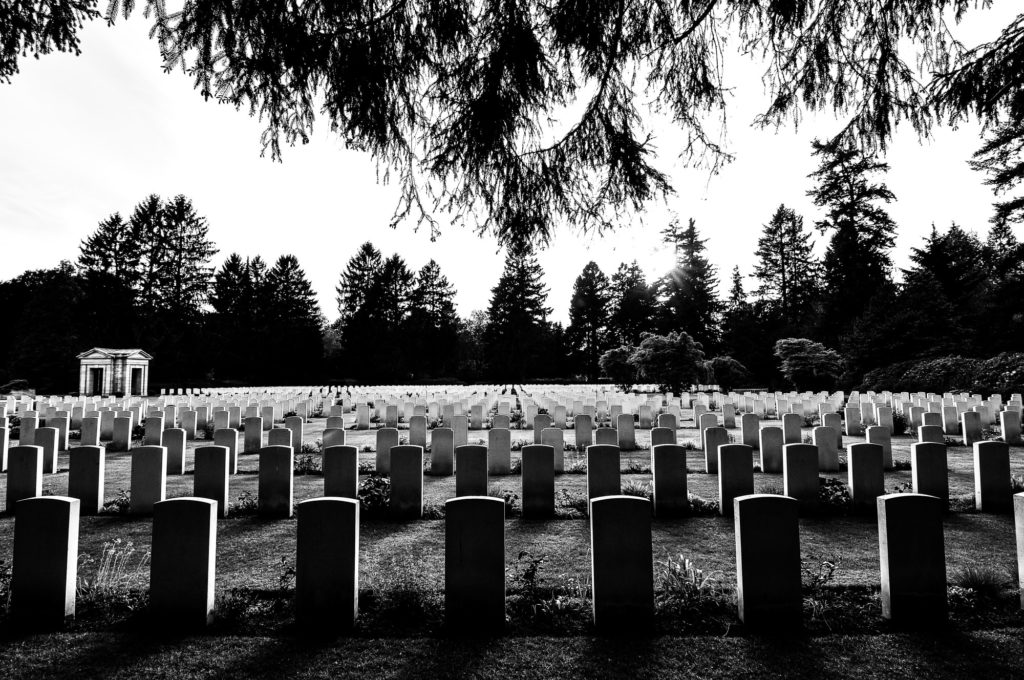
Planning for a loved one’s departure is no easy task for anyone.
If you’re looking for guidance in this process, we have some information to help you. It’s better to talk about it sooner than later, while you still can as a family.
Let’s take a look at how does cremation work so you can better understand the process. Then you’ll know if it’s the right choice for you and your loved ones.
The practice of cremation dates back to the Ancient Greeks and Romans, as early as 1000 BCE.
Many soldiers did not return home from the battles and wars they fought abroad. Their families then struggled to grieve their loss, so they had to find a solution. The fallen soldiers were burned and their ashes were transported their homelands.
A ceremony would then take place with the ashen remains. This offered the grieving families a proper mourning period.
Famous fictions like Homer’s Iliad and Virgil’s Aeneid helped glorify these practices. In these stories, grand funeral pyres were constructed to honor the epic heroes. And they wrote of lavishly adorned tombs to host their remains.
In this way, cremation was viewed by many as a glorious conclusion. It came to represent the heroic virtues and patriotism of the soldiers who died in battle.
The rise of Christianity around 100 CE brought the demise of the cremation practice. They feared that tampering with the remains of the dead might disturb their afterlife or chance for resurrection.
(Historians also note that shortages of timber wood led to the decline of cremations.)
Scandinavians still continued the practice, keeping cremation alive in Europe. They believed burning the body freed the spirit from its physical entrapment. By about 1000 CE, however, Christianity had risen in the Icelandic regions and replaced most pagan practices.
Other cultures of the world continued to practice cremation, still. In India, many Hindus find the ritual very desirable. In other places, like Tibet and Laos, cremation is reserved for a fortunate few as a status symbol. In places like Bali, cremation is a colorful and gay celebration that can last several weeks.
Cremation began making its return to the Western world in 1874.
This was the year that Queen Victoria’s surgeon, Sir Henry Thompson, published his influential piece, Cremation: The Treatment of the Body After Death. In this book, Thompson discussed the benefits of cremation and outlined the warnings of ground burials. At the time, physicians and sanitary engineers feared that the haphazard burial practices were saturating and poisoning the soil with diseases.
This then led to the establishment of the Cremation Society of England, led by Thompson. This movement spread to America with the first crematorium being built in Washington, Pennsylvania in 1876. Later, the New York Cremation Society was organized in 1881. The Cremation Association of America would be founded soon after, in 1913.
The growing practice of cremation has been a slow and steady climb in the United States, but numbers are growing. While about 8% of the dead were cremated in the 1970s, that rate has increased to over 50% today. That figure is consistent with other European regions, like England, Germany, and Denmark. In Japan, the practice of cremation has become nearly universal for everyone.
This may be due, in part, to the shortage of cemetery space in urban areas. While burials run the expanse of the land, cremation allows for several manners to remember loved ones. Their ashes can be scattered from mountain tops or carried off by ocean winds, kept sealed in urns memorialized in homes, or encased in tombs of a columbarium.
In response to the sway of public opinion, many Protestant churches have begun to support cremation, including the Roman Catholic church. Other religions, like Orthodox Jews, remain firm on their beliefs that cremation is forbidden. Even still, more and more in the United States acknowledge no religious belief, adhering to their own opinions on burial options.
Today, the practice of cremation has become more personal and structured.
In Ancient burial practices, bodies would be displayed publicly on a funeral pyre. They might also anoint the body with holy oils, or do some other ritualistic practices. Then, the bodies would be set ablaze with an open fire—the smoke rising for all to acknowledge. After, the skeletal remains would be collected and encased in tombs or returned to nature.
Now, the process for cremation in the United States is much more private and streamlined. Families have the opportunity to hold an open-casket wake if they so desire.
First, arrangements at the crematorium must be made. Then, the deceased must be prepared before it can be cremated. The primary focus is to maintain proper identification of the deceased. Then, the biomedical devices are removed, i.e. pacemakers. This to ensure there are no contaminants in the remains or mishaps in the cremation chamber.
When ready, the body is placed in a simple, wooden casket and sealed in the cremation chamber. The cremation process takes about 2 to 3 hours. During this time, the remains will be incinerated at temperatures of 2,000° Fahrenheit. Once cooled, the remaining fragments will be ground into dust by a pulverizer machine.
The remains are then returned to you in a sealed bag inside a box, for you to do with as you please.
We know planning for your loved one’s passing is a tough and troubling affair. But like most things, it’s best to plan for it sooner rather than later. The more time you can spend enjoying your family’s presence while they’re alive, the better.
If you have any more questions or are still wondering how does cremation work, please send us a message. We have years of experience and understanding to help guide you through this difficult part of the process.

Contact | Obituaries | Site Map | Privacy Policy | Terms of Use | Our Commitment to Accessibility |Fort Worth Cremation Services | Dallas Cremation Services | Website by FRM Websites